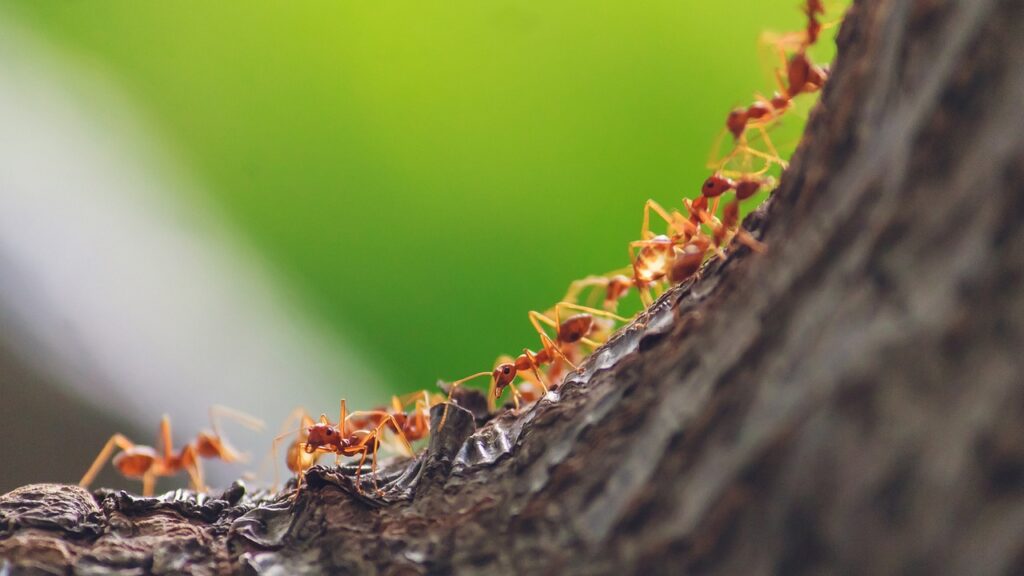To harness the full potential of baking soda as an effective means of pest control, it’s essential to understand how to apply it. Baking soda won’t repel pests if confined to your cupboard. Various forms such as pastes, homemade sprays, and sprinkles of baking powder all have their unique uses, making it a versatile solution for pest-related issues. Whether in the garden, home, or any conceivable area, knowing where, when, and for which pests to use baking soda is the key.
Cockroaches
Baking soda can be effective against cockroaches, but convincing them to consume it is the challenge. Cockroaches aren’t naturally attracted to the taste and smell of baking soda, so incorporating a bit of sugar into the mixture can make it more appealing. The soda works when ingested in powder form, reacting with water inside the cockroach’s body, leading to expansion and eventual dehydration.
Centipedes
While baking soda may not eliminate centipedes on your kitchen floor, it can be useful against those climbing up drains. A baking soda rinse, combined with vinegar, produces CO2, drowning centipedes. Pouring baking soda and vinegar down the drain coats the interior and helps deter these unwanted guests.
Snails and Slugs
For snails and slugs, lightly sprinkle baking soda on the soil around your garden. The baking soda adheres to their mucousy skin, dehydrating them. This humane method quickly eliminates these garden intruders.

Ants
Mixing baking soda with sugar can attract ants. Once ingested, the soda reacts with the ant’s body, causing dehydration and eventual death. Locate ant nests and surround them with the soda and sugar mixture for more effective pest control.
Mice and Rats
Creating a mixture of baking soda, sugar, and flour can entice mice and rats. Ingesting the mixture leads to gas buildup, causing fatal expansion inside their bodies. Place these bait balls where rodents frequent for optimal results.
Fleas
A combination of baking soda and salt can dehydrate and kill fleas. Sprinkle the mixture liberally on carpets, rugs, and soft furnishings, leave it overnight, then vacuum thoroughly. Additionally, mix baking soda with water to create a solution for rinsing fleas from your pets.
Bed Bugs
For bed bugs, a paste made from baking soda and water can create a dehydrating effect, leading to their demise. Apply the paste to common hiding places and vacuum away the old mixture before reapplying.
Remember, if your baking soda mixture seems ineffective, ensure your soda is fresh. Testing it with water should result in fizzing. Baking soda is not only an insecticide but also a fungicide, making it versatile for treating plant fungi like powdery mildew. Use it wisely, and you’ll find baking soda to be a powerful ally in maintaining a pest-free environment.
In conclusion, baking soda’s versatility extends beyond pest control, offering benefits for plants as well. While it should be used cautiously around plants, a baking soda spray can combat fungal infections without harming beneficial insects. With these tips, you can make the most of baking soda’s pest control properties in various aspects of your home and garden.












